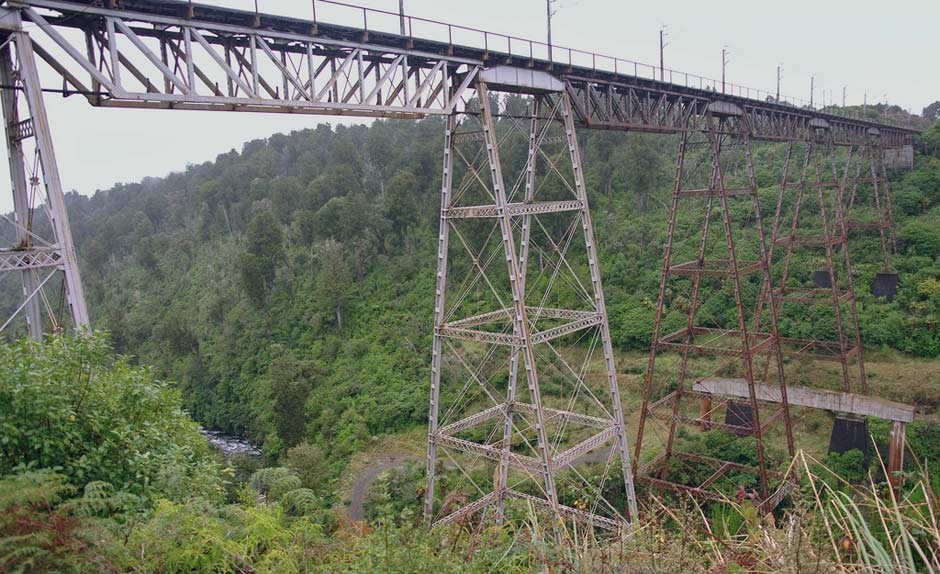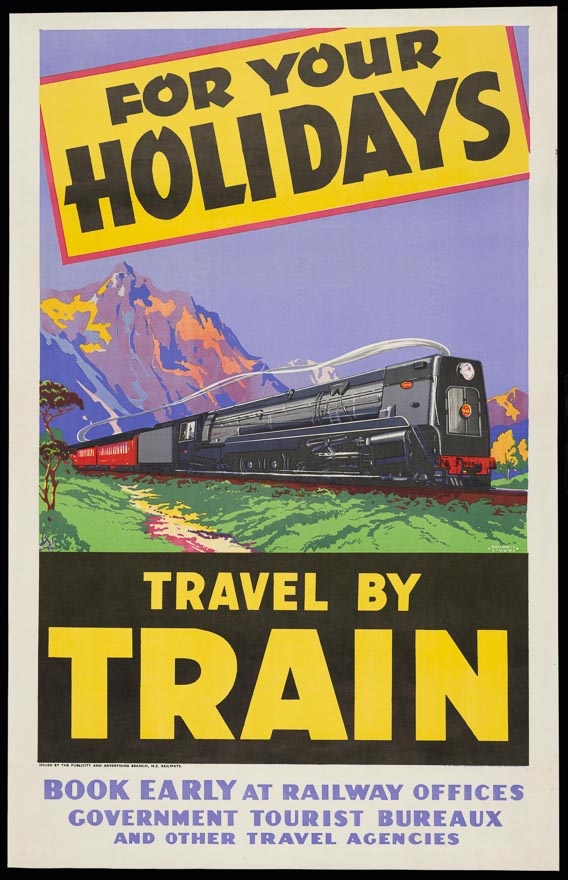Ten New Zealand soldiers were killed when they were hit by a train at Bere Ferrers in the United Kingdom.
The accident occurred as troops from the 28th Reinforcements, NZEF, were being transported from Plymouth to Sling Camp on Salisbury Plain. These men had just arrived in Britain on the troopships Ulimaroa and Norman, and were heading to the NZEF base to complete their training.
The train carrying the New Zealanders had left Plymouth Friary Station at 3 p.m. Prior to departure the men onboard were informed that rations would be served at the train’s first stop in Exeter. Orders were given for two men from each carriage to collect provisions from the guard van once the train stopped.
At 3.52 p.m. the train was forced to make an unscheduled stop at Bere Ferrers due to a blockage on the line. As the rear carriages stopped outside the station those onboard assumed they had reached Exeter. Eager to find food and ignoring the ‘two from each carriage’ instruction, many of the men jumped off, some onto the opposite track. Moments later they were struck by an oncoming train.
The London Waterloo to Plymouth express had left Exeter at 2.12 p.m. and was approaching Bere Ferrers as the troop train came to a halt. Spotting the stationary train on the other track, the driver sounded a long whistle blast before rounding the final bend into the station at 40 miles (64 km) per hour. As the engine of the express passed the rear of the troop train the crew suddenly spotted soldiers on the track. The driver immediately applied the brakes but it was too late. Nine New Zealanders were killed instantly, while another died later in hospital. One of the survivors later remarked:
We never thought of express travelling at 40 miles per hour. They don’t travel at that rate in New Zealand. It was a wonder more of us were not killed. I saw the coat-tails of the man in front of me fly up, and I picked his body up afterwards some yards down the line.
The dead soldiers – William Gillanders, William Greaves, John Jackson, Joseph Judge, Chudleigh Kirton, Baron McBryde, Richard McKenna, William Trussell, John Warden, and Sidney West – were buried at Efford Cemetery in Plymouth. An inquest held shortly after the accident concluded that the men had exited the train on the wrong side because they assumed that the door they had boarded the train though was also the exit. A verdict of accidental death was recorded.
A year after the tragedy a memorial to the victims was unveiled at Saint Andrew’s Church in Bere Ferrers. A plaque bearing the names of the dead was also erected at the railway station. In 2001 the New Zealand National Army Museum helped arrange a remembrance service in Bere Ferrers, during which a new memorial was unveiled in the centre of the village.
--
Image: Sign at Bere Ferrers Station (Waymarking)
Find out more about the soldiers killed at Bere Ferrers on the Auckland War Memorial Museum Cenotaph Database


 del.icio.us
del.icio.us Twitter
Twitter Facebook
Facebook Google
Google StumbleUpon
StumbleUpon

















 Reddit
Reddit































